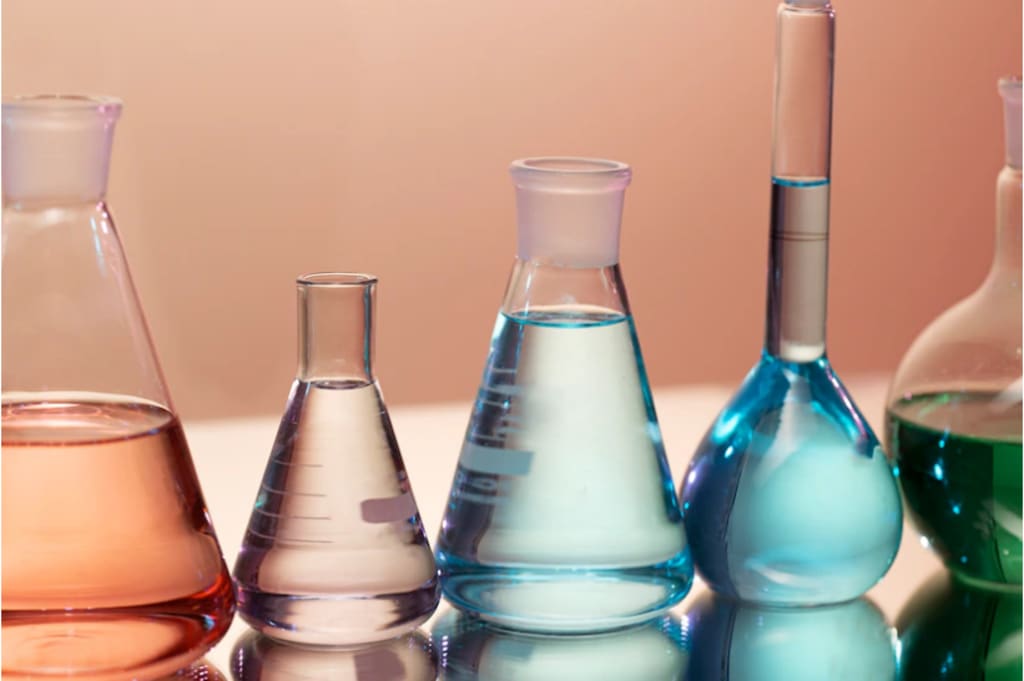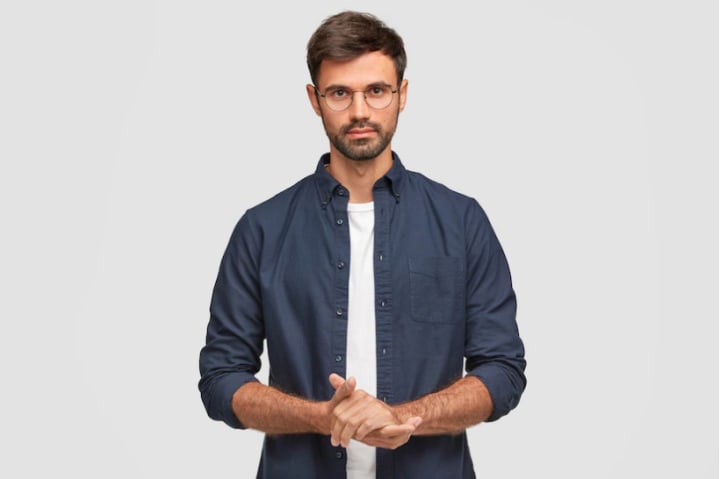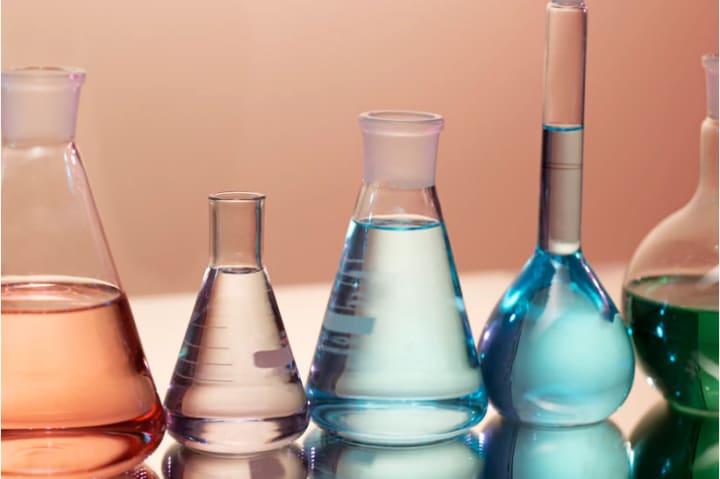
I have always had thick and shiny hair that I was proud of. I loved styling it in different ways and getting compliments from my friends and family. My hair was one of my best features, and I felt confident and beautiful with it.

But everything changed when I turned 30. I started noticing more and more hair on my pillow, in the shower, and on my brush. My hairline was receding, and my scalp was becoming more visible. I panicked and went to see a dermatologist, who diagnosed me with androgenetic alopecia, or female pattern hair loss.
He explained that this condition was caused by a genetic sensitivity to a hormone called dihydrotestosterone (DHT), which shrinks the hair follicles and makes them produce thinner and shorter hair. He said that there was no cure for this condition, but there were some treatments that could help slow down or stop the hair loss.
He prescribed me a medication called spironolactone, which is supposed to block the production of DHT and prevent it from attaching to the hair follicles. He also recommended me to use minoxidil, a topical solution that stimulates blood flow and hair growth. He warned me that these treatments would take time to work, and that I might experience some side effects, such as irregular periods, breast tenderness, or weight gain.

I was desperate to save my hair, so I followed his advice and started taking spironolactone and applying minoxidil every day. I also bought some supplements, shampoos, and conditioners that claimed to improve hair health. I hoped that these products would make a difference, but they didn’t.
After six months of using spironolactone and minoxidil, I saw no improvement in my hair. In fact, it seemed like it was getting worse. My hair was still falling out, and it looked dull and lifeless. I felt depressed and hopeless. I hated looking at myself in the mirror, and I avoided going out or socializing with people. I felt like I had lost a part of myself, and that no one would find me attractive or love me anymore.
I decided to stop taking spironolactone and minoxidil, because they were not working for me, and they were causing me more harm than good. I felt like giving up on my hair, and accepting that I would be bald soon. But then, something happened that changed everything.
One day, I was browsing online for some tips on how to cope with hair loss, when I came across an article about red light therapy for hair growth. The article claimed that red light therapy is a natural and painless treatment that uses low-level laser or LED light to stimulate the scalp and the hair follicles. The article said that red light therapy can increase blood circulation, oxygen delivery, collagen production, and cellular activity in the scalp, which can improve the health and function of the hair follicles, reduce inflammation and oxidative stress, and extend the growth phase of the hair cycle.

The article also cited several studies that showed positive results for both men and women with different types of hair loss, including androgenetic alopecia. The article said that red light therapy is safe and effective for most people, with no serious side effects reported. The article also mentioned that red light therapy can be done at home with a portable device that fits over the head like a cap or a helmet.
I was intrigued by this article, because it sounded too good to be true. Could red light therapy really help me grow back my hair? I decided to do some more research on this topic, and I found many testimonials from people who had tried red light therapy for hair loss and had seen amazing results. They shared their before and after photos, which showed significant improvements in their hair density, thickness, coverage, and appearance.
I was impressed by these testimonials, but I was also skeptical. How could a simple device that emits red light make such a difference? Was this a scam or a miracle? I decided to find out for myself.
I searched online for the best red light therapy device for hair growth, and I found many options available on the market. They varied in price, quality, features, and performance. Some factors that I considered when choosing a device were:
- The wavelength of the light: The optimal wavelength for hair growth is between 630 nm and 670 nm (red light) or between 810 nm and 850 nm (near-infrared light). These wavelengths can penetrate deeper into the scalp and reach the hair follicles more effectively.
- The power output of the device: The power output determines how much energy is delivered to the scalp per unit of time. A higher power output means a shorter treatment time and a more potent effect. However, too much power can also cause overheating and damage to the scalp. The recommended power output for hair growth is between 3 mW/cm2 and 6 mW/cm2.
- The number and distribution of the diodes: The diodes are the light-emitting elements that produce the red or near-infrared light. The more diodes a device has, the more coverage it can provide to the scalp. However, having more diodes does not necessarily mean better results if they are not evenly distributed or aligned with the scalp. Ideally, a device should have at least 80 diodes that cover all areas of the scalp where hair loss occurs.
The design and comfort of the device: The device should be easy to use and comfortable to wear. It should fit snugly over your head and adjust to your head size and shape. It should also be lightweight and durable, with a long battery life and a timer function. Some devices may also have additional features, such as Bluetooth speakers, cooling fans, or massage modes.
After comparing different devices, I decided to buy one that met all these criteria and had good reviews from other users. I was excited to try it out and see if it would work for me.
I followed the instructions and recommendations of the manufacturer and used the device consistently for at least 20 minutes every day for three months. I also took some before and after photos to track my progress.
To my surprise and delight, I noticed a difference in my hair after using red light therapy. My hair stopped falling out, and it started growing back. My hairline was lower, and my scalp was less visible. My hair looked fuller, thicker, and shinier. I felt happier and more confident with my hair.
I couldn’t believe that red light therapy had helped me so much. I had tried so many products and treatments for my hair loss, but none of them had worked as well as red light therapy. Red light therapy had given me a new hope and a new life.
I am so grateful that I found out about red light therapy for hair loss, and I want to share my story with others who are suffering from the same problem. If you are losing your hair and looking for a natural and effective solution, I highly recommend you to try red light therapy. You have nothing to lose, and everything to gain.
Have you tried red light therapy for hair loss? What were your results? Share your story and thoughts in the comments below!
About the Creator
Health First
Let's get healthy! And things will change someday.
Enjoyed the story? Support the Creator.
Subscribe for free to receive all their stories in your feed. You could also pledge your support or give them a one-off tip, letting them know you appreciate their work.






Comments
There are no comments for this story
Be the first to respond and start the conversation.